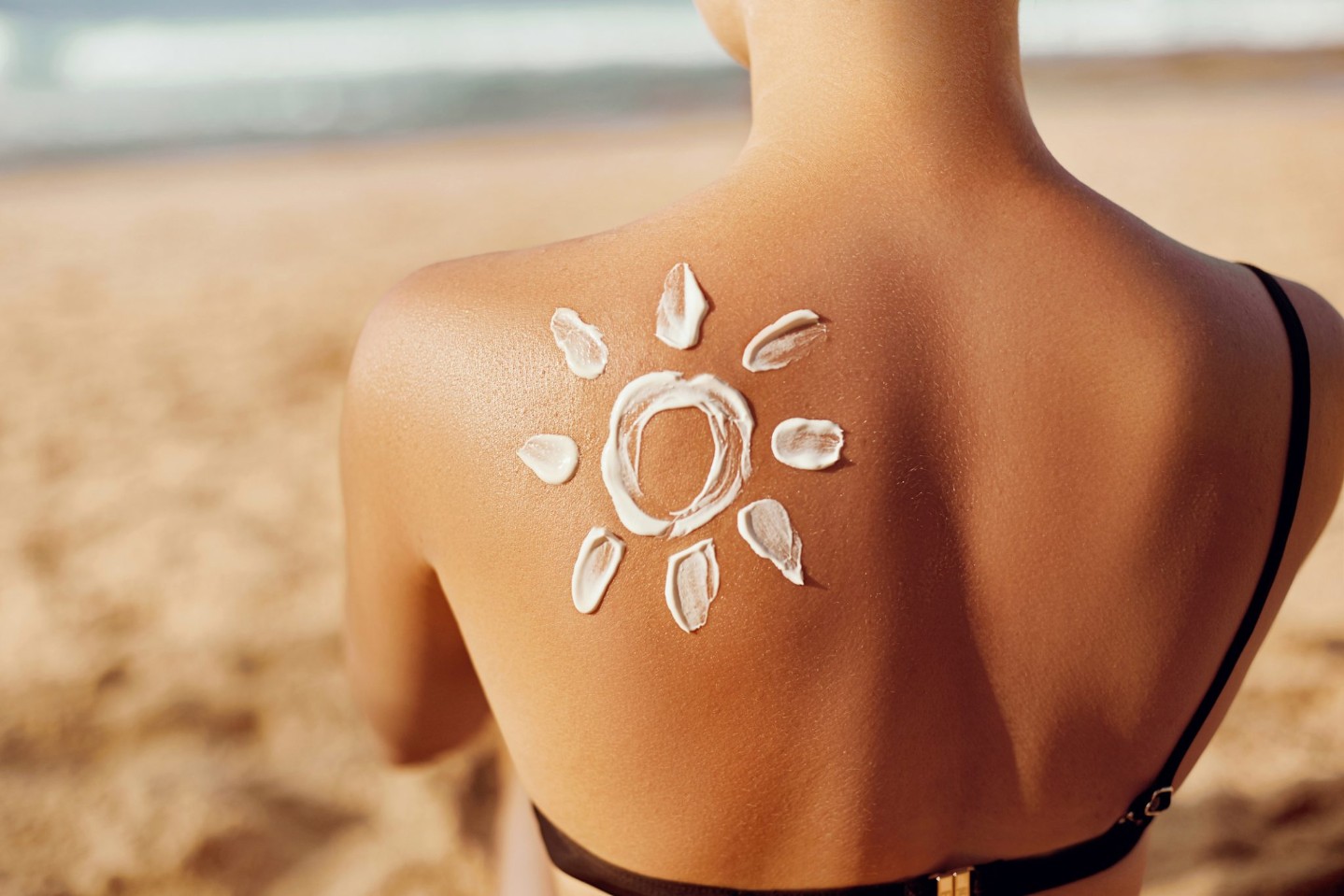The Silent Threat: Radon and Lung Cancer in Non-Smokers
NOV 03, 2025Radon is the number one cause of lung cancer in non-smokers and the second leading cause overall, right behind smoking.
Read More
“A drink in my hand, my snow up against the burning sand, probably getting gorgeously tanned in summer!” We are 100% in summer mode now with school being out, which means that our kids are going to be spending a lot of time outdoors. So now is the time to have a plan for protecting their skin from the harmful rays of the sun.
It has been long known that solar radiation can cause skin cancer. Melanoma incidence has been increasing over the last 30 years. The group that has experienced this the most is young, white women (ages 15-39) and white adults older than 65. It is believed that a few things may be contributing to the increase. They include the deterioration of the ozone layer, spending more time outside for leisure activities and increased exposure to artificial ultraviolet radiation in tanning beds. When detected early and removed, melanoma has a great prognosis, but metastatic melanoma (meaning it has spread past the original location) has a very poor prognosis. This is why prevention is so important.
How much sun exposure a person can safely handle depends on a lot of factors, such as skin type, thickness and amount of melanin (the part of our skin that gives it the color) in the skin.
Here are some factors that put a person more at risk:
Avoiding the sun is the best way, but I live in the real world and know that playing outside is important to everyone, especially children. The first defense is clothing. Fabrics that are tightly woven provide the best protection; if you hold the fabric up to the sun and cannot see much sunlight shining through then it is protective. Also, certain fabrics with UFP (ultraviolet protection factor) can increase protection from UVA and UVB.
Then the next important protector is sunscreen. How do we choose the best sunscreen? The American Academy of Dermatology recommends the use of a broad-spectrum sunscreen with an SPF of at least 30 before sun exposure. Make sure your sunscreen protects against UVA and UVB radiation.
Sunscreen should be liberally applied 15-30 minutes before exposure to the sun to allow for absorption. The average adult typically requires 1 oz. of sunscreen to adequately cover all sun-exposed areas. It should then be reapplied every 2 hours and after swimming, sweating or drying off with a towel.
Sunscreen should be used on infants 6 months and older just like it is used for older children. For babies younger than 6 months, sunscreen can be used on small areas of the body like the face and arms. The best way to protect young infants is to keep them in the shade and have them wear cool, protective clothing.
Hopefully with these tips, you and your family are able to enjoy a wonderful summer outside in the hot sun all while protecting everyone’s beautiful skin.
Original post date: July 2014. Revised: January 2023.

Radon is the number one cause of lung cancer in non-smokers and the second leading cause overall, right behind smoking.
Read More
A Nurse Practitioner answers your essential mammogram questions. Understand timing, prep, the procedure, callbacks, and financial options.
Read More
Radiotherapy is a finely tuned, powerful partner that can work with your surgery to give you the best possible outcome for breast cancer.
Read MoreWhen you need local health information from a trusted source, turn to the CHI Health Better You eNewsletter.